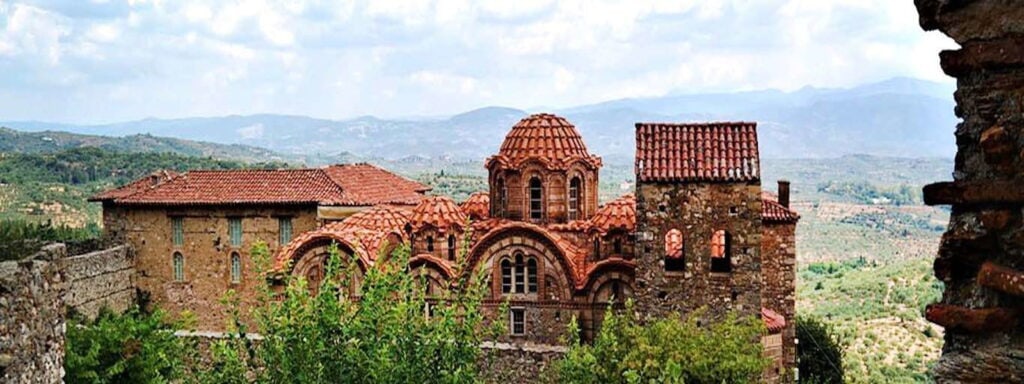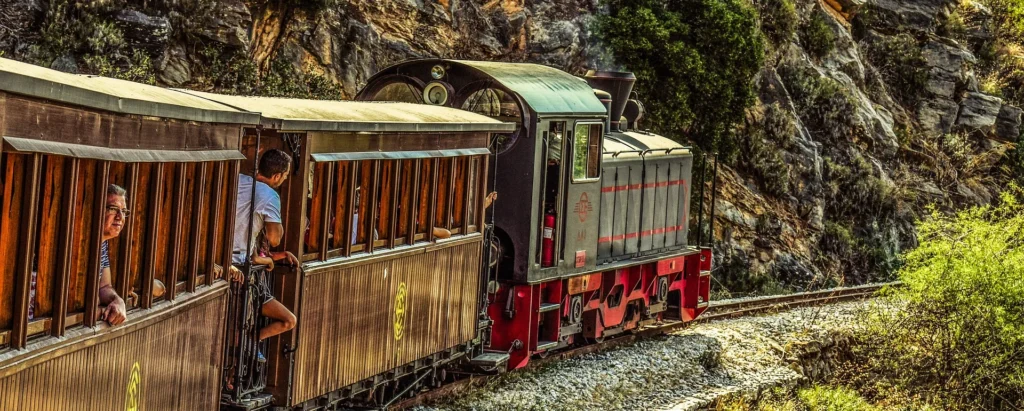Today, Mystras is a ghost town, but its history began in the middle of the 13th century CE, when the conquest of the Peloponnese by the Franks was completed and the Principality of Achaia, a Frankish Crusader state was formed. It was then that a strong wall and fortress was built on the eastern slopes of the Mt. Taygetos at the peak of a steep hill that became Mystras. In 1259, the fortress came under Byzantine rule and the town became the capital of the Despotate of Mystras, a semi-autonomous region of the Byzantine Empire. During the 13th and 14th centuries CE, it achieved great heights in the political, spiritual and cultural realms. It was conquered in 1460 by the Ottomans and remained under Turkish rule until 1827.
Today it is a UNESCO World Heritage site.
Gastronomy
Singlino (pasto pork, which is smoked and then boiled with oranges), and pork in general in all its forms (skewered whole pork, sausage, etc.) are, together with the excellent quality olive oil, the hallmarks of Laconian cuisine.
Try kolokithokorfades (zucchini flowers in the pot with onion, garlic, tomato and mint leaves), bardouniotikos rooster (in the pot with tomato, onions and white, hard cheese), pitarakia or pitaroudes (pita with filo thin pastry sheets stuffed with spinach, wild horta, onion leaves, lettuce and mint), boiled horta, kagianas (eggs fried with tomato and cheese), lalangia (strips of dough folded in spirals and fried), tsigarolachana (aromatic wild horta fried with onions, tomato paste, olive oil, salt and pepper).




